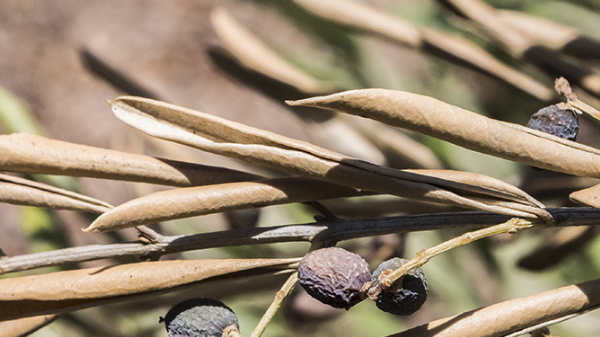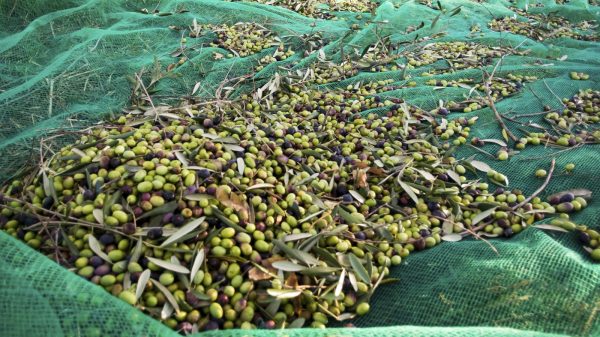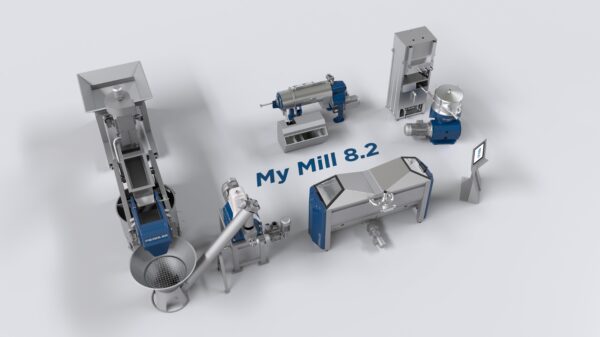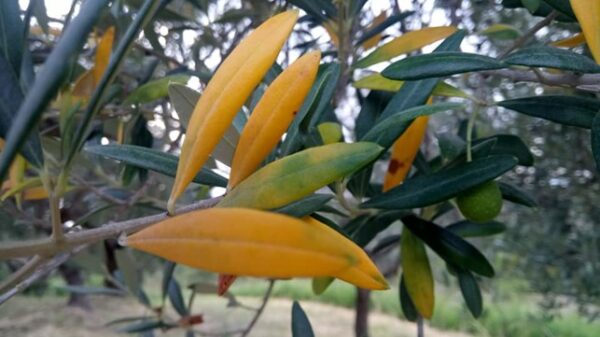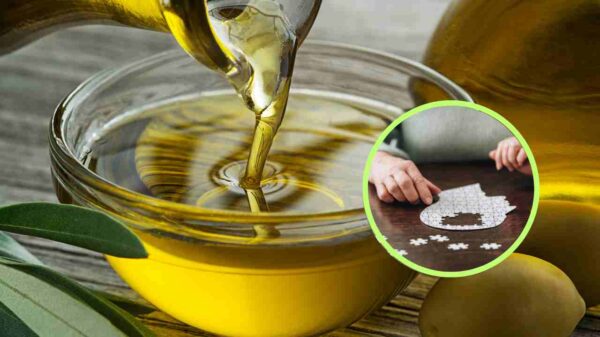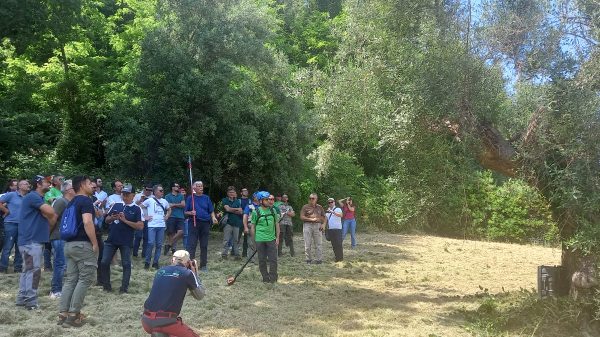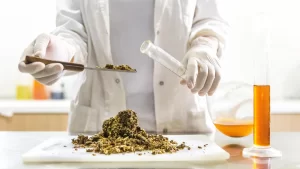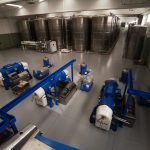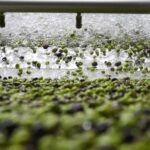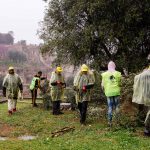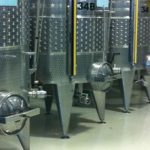Among the agents responsible for the drop in production, the olive fly (Bactrocera oleae) has an important role not only on a quantitative level, but also on a qualitative level (sensory, nutraceutical properties). For this reason, the control of this parasite is of vital importance.
The use of insect netting as an integrated management technique to decrease the use of pesticides is on the rise in fruit growing. Furthermore, this net can also help in the management of other adversities (hail, wind, heavy rainfall), and reduce the excessive summer insolation responsible for the photo-oxidation of the photosynthetic system.
The purpose of this study is to evaluate the efficacy of insect nets in olive trees for the purpose ofpartial or total elimination of phytosanitary treatments for pest control Bactrocera oleae and for economic sustainability of the method used, in addition to the physiological response of plants to the shading and to the different environmental conditions under the net.
The experimental trial began from July 2021 in a adult olive grove of about 15 years. The sixth of the plant is of 6m × 6m, with training form a polyconic vase. For the test, neutral-coloured “Monotex 50” anti-insect nets were used, with 15 % shading, 0,97 mm x 1,54 mm mesh and 95 g/m2 weight. Individual plants were covered with insect netting before and after the stone hardening phase, compared with plants without cover.
The application of insect nets has very well managed the attack of the fly breaking down its presence (with attacks below 1-2%). If installed after core hardening, i fruits are results larger and longer shoots by almost half a knot more than the control, only in the months of July and August (period in which growth is usually stopped). The measurement of photosynthesis carried out in October did not reveal any differences between the control and the net.
I labor costs for the installation and for the removal of the network are results very impactful especially in installation operations. Also costs, economic and ecological nature of the material are relevant.
To date only in the case of table olives It can be considered economically sustainable the use of anti-insect nets (especially in biological agriculture). Costs can be reduced with more efficient installation and canopy management techniques.
To conclude, the presence of anti-insect nets (15% shading) positioned after the stone has hardened can help in the production of new nodes (productive potential for the following year) and in the size of the fruit (important factor for canteen) and can reduce the fly attack up to 1% (acceptable threshold).
BIBLIOGRAPHY: Samuele Crescenzi, Matteo Zucchini, Davide Neri and Veronica Giorgio (Marche Polytechnic University), Paolo Trobbiani and Stefano Bastianutto (Agronomists). V National Congress of the Olive and Oil.
